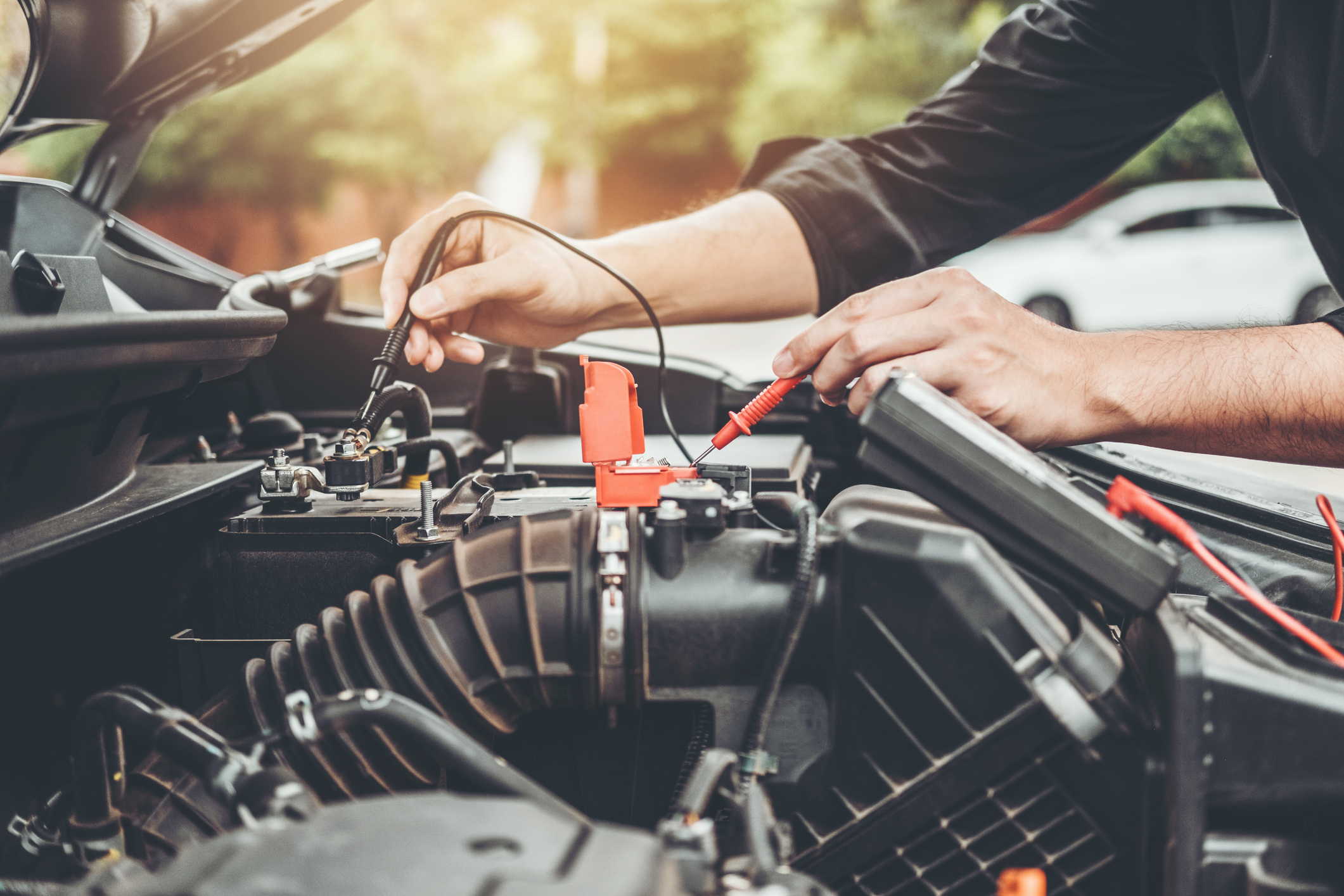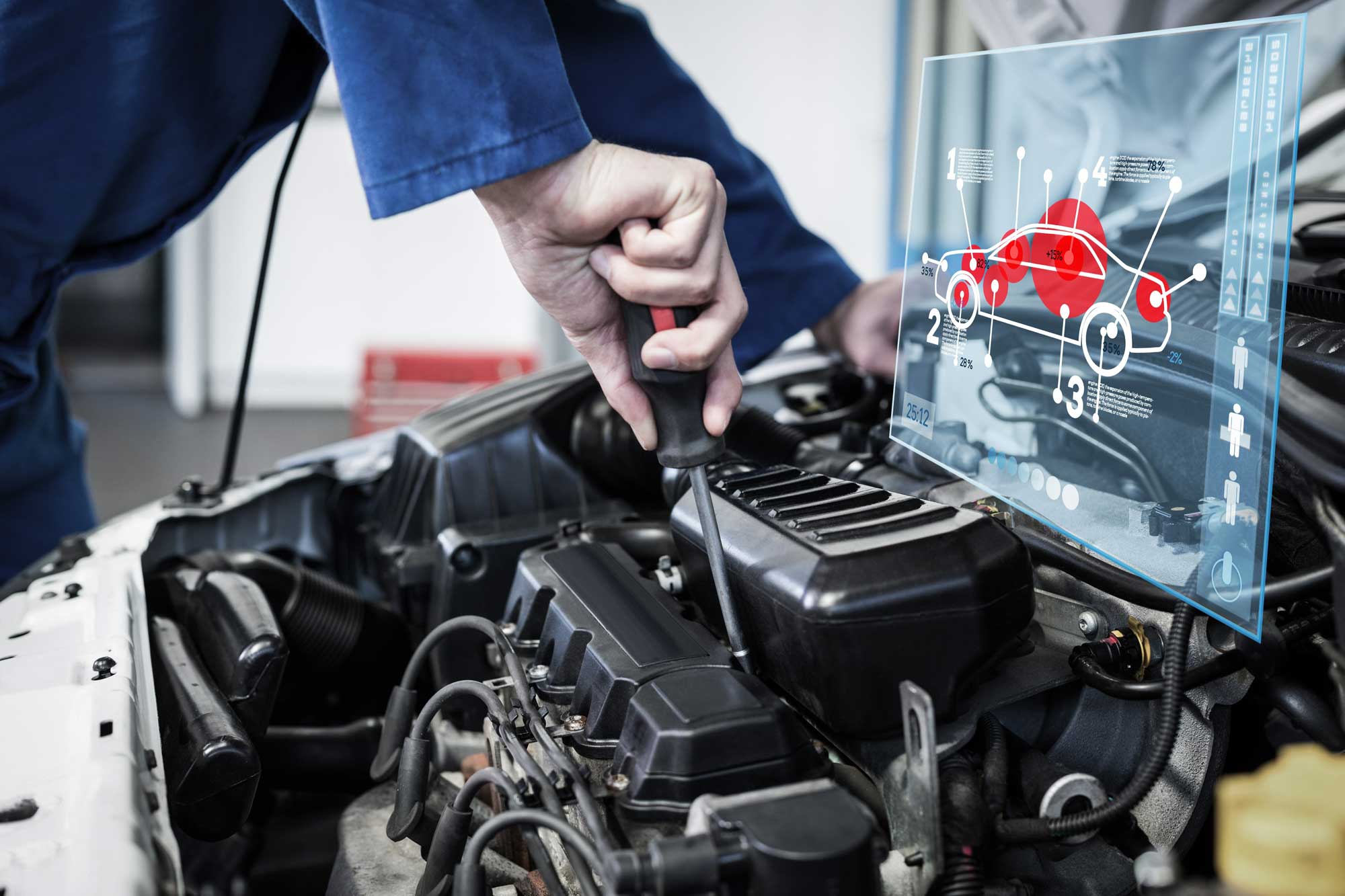Featured

Few things are more alarming for a motorist than the sudden lighting of the check engine light (CEL) on the control panel. While it could activate prompt worry, recognizing what this light stands for can empower you to handle the situation properly. Allow's discover the possible factors behind the CEL and the actions to resolve it.
What Does the Inspect Engine Light Mean? The CEL is component of your vehicle's onboard diagnostics (OBD) system. It keeps track of a range of systems within the vehicle, consisting of discharges, fuel performance, and total engine performance. When the system discovers a mistake or abnormality, it causes the CEL to notify the vehicle driver.
Solid Light: Indicates a non-critical issue, such as a minor sensor malfunction. It still needs interest to avoid long-lasting damages. Flashing Light: Signals a severe concern, like an engine misfire, that needs instant interest to stop considerable damages. Usual Reasons for the Check Engine Light. Here are a few of one of the most frequent root causes of a CEL, ranging from simple to complicated:
Loose Gas Cap:

A damaged or loosened gas cap can interrupt the fuel system, activating the light. This is just one of the easiest issues to fix-- just tighten or replace the cap. Oxygen Sensing Unit Failure:
The oxygen sensor measures the air-to-fuel ratio for optimal combustion. A defective sensing unit can lead to reduced gas effectiveness and greater emissions. Trigger Plug or Ignition Coil Concerns:
These elements are vital for the combustion process. Damaged ignition system or malfunctioning coils can cause misfires and harsh engine efficiency. Catalytic Converter Troubles:
This part reduces unsafe exhausts from your vehicle. Failing to address other engine problems can lead to catalytic converter damage. Mass Air Flow (MAF) Sensor Failure:
The MAF sensor guarantees the best amount of air mixes with fuel. A dirty or falling short MAF sensor can lower power and gas efficiency. Steps to Take When the CEL Begins. Don't Panic:
Take a minute to observe your lorry's efficiency. Is it driving usually, or exist symptoms like minimized power or odd noises? Examine the Gas Cap:
Tighten up or reseat it if required. This straightforward solution deals with many CEL circumstances. Make Use Of an OBD-II Scanner:
Plugging in a scanner provides particular trouble codes that determine the trouble. Numerous vehicle parts shops offer this solution completely free. If Required:, go to a Technician.
If the CEL continues to be on or flashes, have an expert check your car. Delaying fixings can result in more costly solutions. Preventative Steps to Avoid CEL Issues. Routine Maintenance:. Comply with the supplier's routine for oil modifications, ignition system replacements, and air filter cleaning. Examine Trick Parts:. Periodically examine your gas cap, belts, and tubes for wear or damages. Use High Quality Gas and Oil:. Premium products can prevent residue buildup that might impact sensing units and engine elements. Why You Need To Attend To the CEL Immediately. While it's alluring to disregard a solid CEL, laziness can cause extreme effects. What begins as a small concern-- like a loosened gas cap-- can progress right into pricey repairs. Resolving the light early guarantees your automobile remains safe and reliable.
Conclusion. The check engine light is not a cause for immediate panic, but it should never ever be ignored. Understanding its objective and prospective triggers outfits you to make informed choices, whether it's a quick gas cap modification or a trip to your technician. With appropriate maintenance and prompt activity, you can maintain your cars and truck running smoothly and avoid unnecessary repairs.
Latest Posts
Enhance Your Home's Outside with Weathercraft's Home siding Solutions
Published May 27, 25
1 min read
Comprehending Roofing Guarantees: What Homeowners Need To Know
Published May 22, 25
1 min read
Dependable Industrial Roof Covering Providers by Weathercraft
Published May 22, 25
2 min read